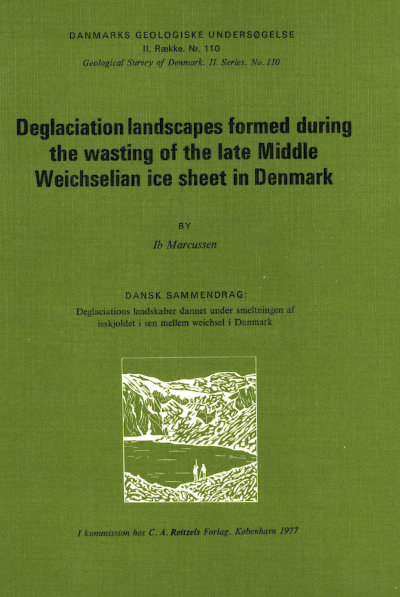Deglaciation landscapes formed during the wasting of the late Middle Weichselian ice sheet in Denmark
DOI:
https://doi.org/10.34194/raekke2.v110.6901Abstract
On the basis of paleoclimatological observations the thermal regime of the Weichselian ice in the Danish area is considered in this paper to have been subpolar. The glaciological and glacial-geological consequences of this concept are discussed. Contrary to current opinion it is argued that the Weichselian ice in the Danish area formed an ice sheet containing englacial debris. Observations of plains arranged in a step-like manner, of terraces in the "tunnel"valleys connected with the plains and hanging tributary valleys, and of washboard landscapes gradually passing into plains are presented. These features are interpreted as supraglacial sandurs (down-wasting plains), elongated kettles (down-wasting valleys) and Thule-Baffin moraines formed during area-wasting of the ice sheet. The ablation deposits are considered to be partially controlled by structures in the ice sheet. The topography of the substratum of the ice sheet prior to the wasting phase may have influenced the distribution and morphology of the ablation deposits. The ablation deposits appear to form a carpet over euglacial deposits like lodgement till in considerable areas of the country. The wide occurrence of separate plains and the step-like arrangement may be the result of area-wasting influenced by climatic fluctuations.
Downloads
Published
Issue
Section
License
This article is distributed under a CC-BY 4.0 licence, permitting free redistribution and reproduction for any purpose, even commercial, provided proper citation of the original work. Author(s) retain copyright over the article contents.


